Growing plants is fun. It can also be very rewarding. One great way to grow plants is by using raised beds. They are easy to make. They help plants grow better. In this article, we will show you how to make a raised bed for your plants. Let’s get started!
What is a Raised Bed?
A raised bed is a garden bed that is higher than the ground. It is filled with soil and plants. Raised beds have many benefits:
- They improve drainage.
- They keep weeds away.
- They make gardening easier.
- They keep pests out.
Now that we know what raised beds are, let’s learn how to make one.
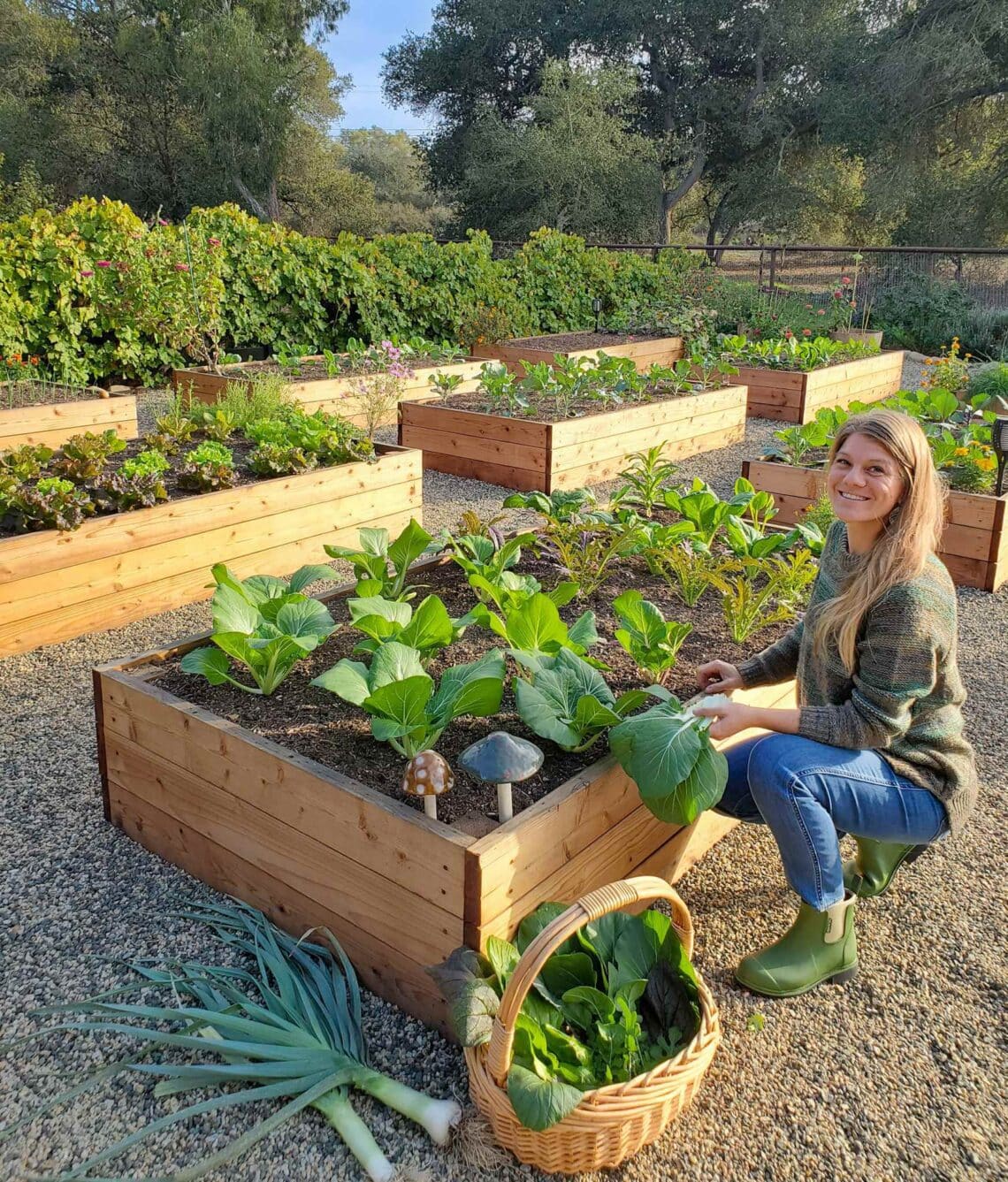
Credit: homesteadandchill.com
Tools and Materials Needed
Before you start, gather the right tools and materials. You will need:
- Wood boards (cedar or pine)
- Wood screws
- A drill
- A saw
- A measuring tape
- A level
- Soil
- Plants or seeds
Choosing the Right Location
Choosing a good spot is important. Your raised bed needs sunlight. Most plants need at least six hours of sun each day. Look for a flat area. It should be easy to reach. You don’t want to walk far to water your plants.
Deciding the Size of Your Raised Bed
Raised beds can come in different sizes. A common size is 4 feet by 8 feet. This size is easy to reach from all sides. You can make it larger or smaller. Just remember to keep it narrow. This makes it easy to care for your plants.
Building the Raised Bed
Now, let’s build the raised bed. Follow these steps:
Step 1: Cut The Wood
First, cut the wood boards to size. You will need:
- Two boards that are 4 feet long
- Two boards that are 8 feet long
Use the saw carefully. Make sure the cuts are straight.
Step 2: Assemble The Frame
Next, create a frame. Lay the boards on the ground. Make a rectangle. Use the screws to join the boards. Drill the screws into the corners. Make sure it is strong.
Step 3: Level The Frame
Check if the frame is level. Use a level tool. If one side is higher, adjust it. Make sure all sides are even.
Step 4: Add A Bottom (optional)
You can add a bottom to your raised bed. This is good for keeping pests out. Use plywood or more wood boards. Attach them to the bottom. Make sure they fit tightly.
Step 5: Place The Frame In The Right Spot
Now, move the frame to your chosen spot. Make sure it is level again. If it is not, adjust it as needed.
Filling the Raised Bed with Soil
Now, it’s time to fill the raised bed with soil. Use good garden soil. You can buy soil from a store or make your own. A mix of compost and garden soil works well. Here’s how to fill it:
- Start with a layer of small stones. This helps with drainage.
- Add a layer of straw or leaves. This helps keep moisture.
- Finally, add the soil. Fill it to the top.
Make sure the soil is loose. Plants need space to grow roots.
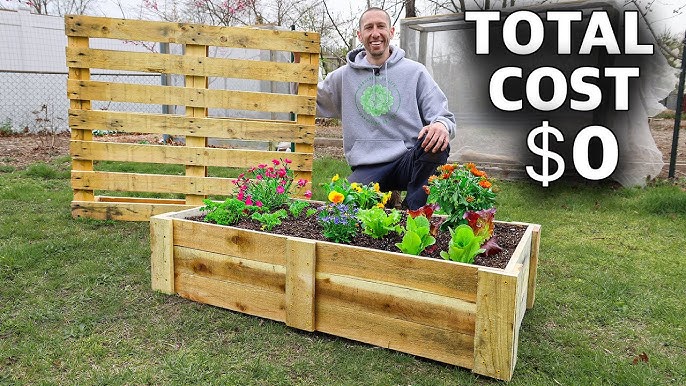
Credit: www.youtube.com
Planting in the Raised Bed
Now it is time to plant! Choose plants that you like. You can plant flowers, vegetables, or herbs. Here are some tips:
- Read the seed packets for instructions.
- Plant seeds at the right depth.
- Water the plants after planting.
- Keep an eye on them as they grow.
Taking Care of Your Raised Bed
After planting, you need to take care of your raised bed. Here are some things to remember:
- Water your plants regularly.
- Pull out any weeds that grow.
- Watch for pests.
- Fertilize the soil when needed.
By taking good care of your plants, they will grow healthy and strong.
Benefits of Raised Beds
Raised beds have many benefits. Here are some reasons why they are great:
- They save space in your yard.
- They allow you to control the soil quality.
- They make gardening easier for your back.
- They can look nice in your yard.
Common Mistakes to Avoid
When making a raised bed, some mistakes can happen. Here are some common ones to avoid:
- Not using good soil.
- Making the bed too wide.
- Not checking for sunlight.
- Ignoring pest problems.
By avoiding these mistakes, your raised bed will thrive.
Conclusion
Making a raised bed for plants is simple and fun. You just need some tools and materials. Follow the steps we shared. Choose a good spot and fill it with soil. Then, plant what you love!
Remember to care for your plants. Water them, check for weeds, and watch for pests. Soon, you will enjoy a beautiful garden. Happy gardening!

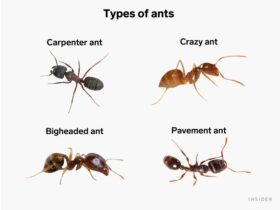

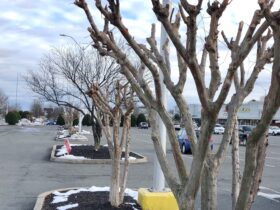

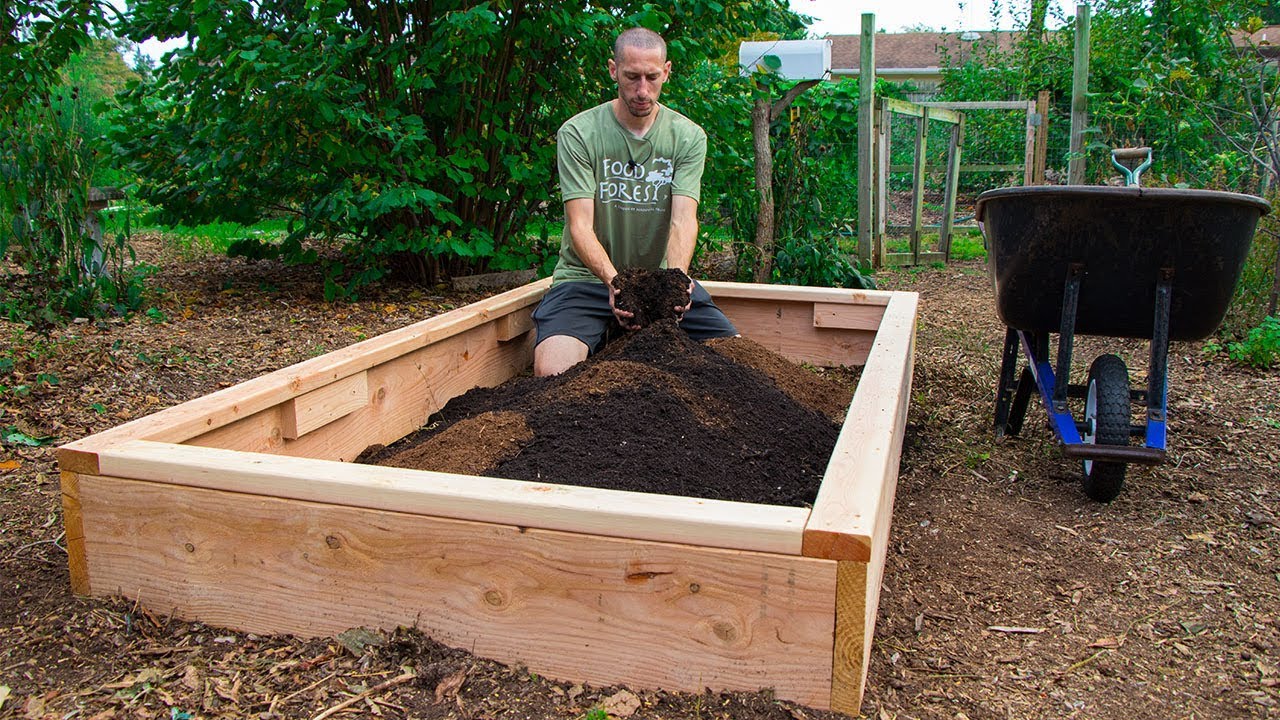
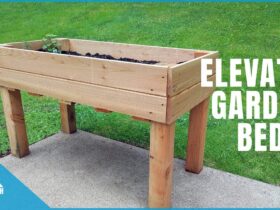
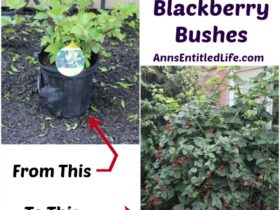
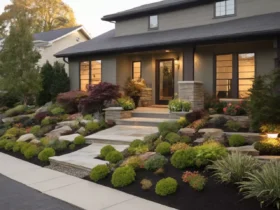
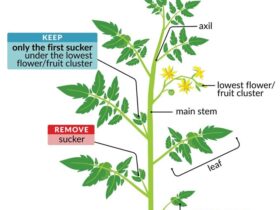
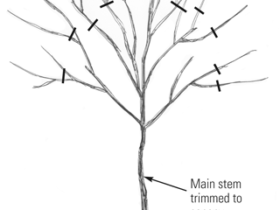

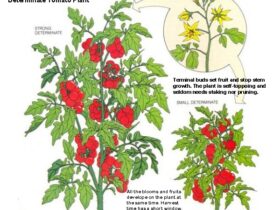
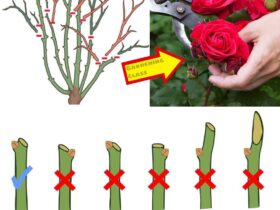
Leave a Review